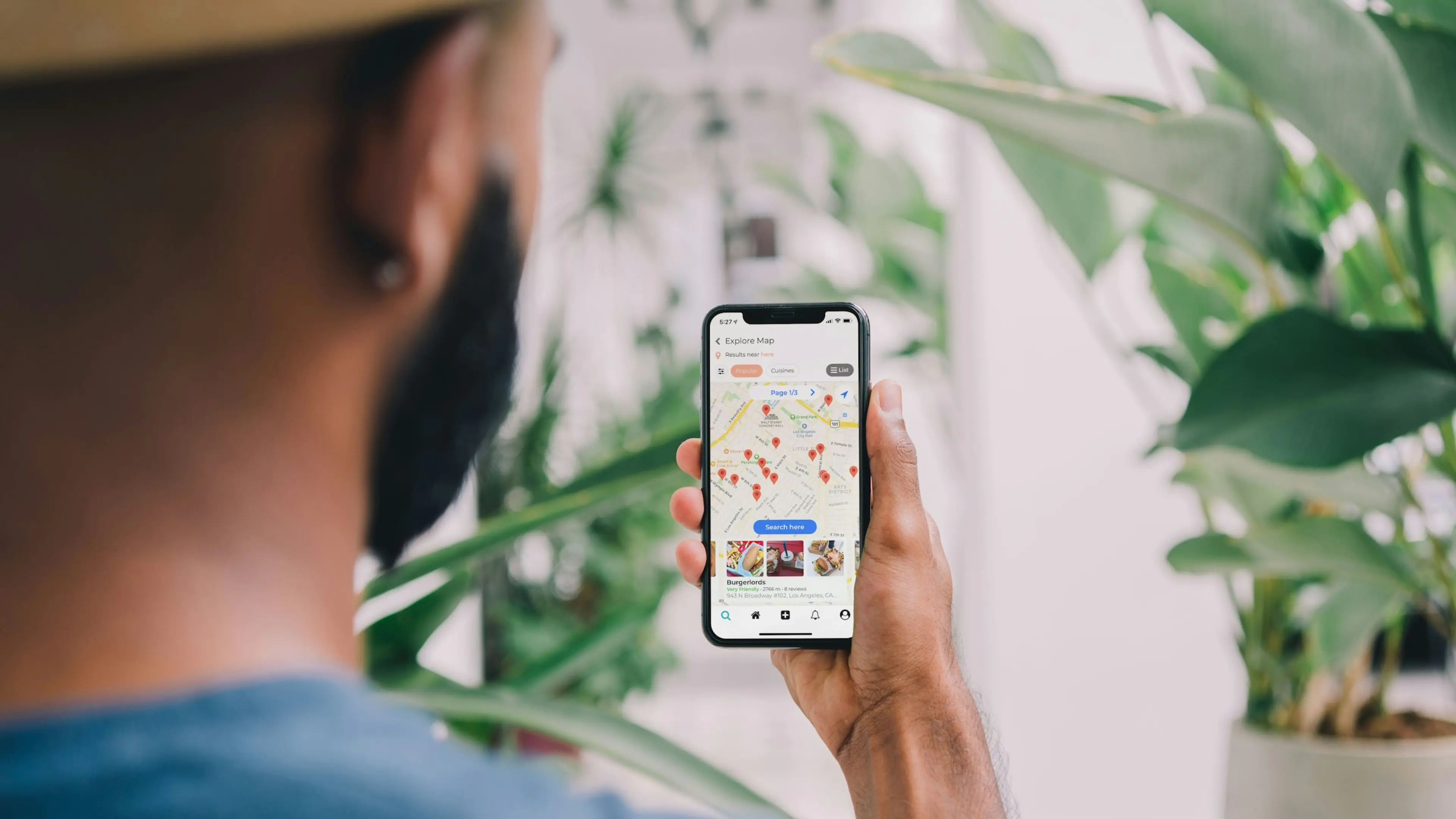26 October 2020 (updated: 25 October 2022)
The Business Value of Design. Why Invest in Design?
Chapters

The business value of design is a fact. Good design impacts your conversion, customer retention & loyalty, so basically: your revenue.
On one hand, we have research on how design-centric companies are the ones that scale quicker and have bigger revenue. But on the other, we live in a world where 66% CEOs still do not really understand what their Senior Designers do.
Why is design important?
The digital product market is growing every minute, and the products we use will be affecting our lives more, not less. With more products, apps and solutions on the market your users’ awareness and expectations grow. To satisfy their needs, it does not suffice to offer a solution to their pain point. To keep your users engaged, you need more than that.
You need to offer your users a solution, but you need to deliver it in a user-friendly and understandable way.
As a designer with 15+ years of experience in commercial projects I can assure you: design affects your business and revenue. It impacts your user base, customer retention, and brand loyalty.
3 Reasons to invest in Product Design
Design Strategy improves your market-fit
Clients would often ask me: can we drop or shorten the strategy or user research phase? We’re on a tight schedule, budget, or, in some cases, actually, both. This is understandable, but building software is not really that different from anything else in your life. Sometimes it’s better to take a step back and review your idea before taking a leap of faith. Omitting or limiting design strategy & user research is still one of the top mistakes early founders and managers make.
IEE listed the top 12 factors that can make a software development process fail. At least 6 of them can be fixed with design strategy and user research (below, in bold).
- Unrealistic or unarticulated project goals
- Inaccurate estimates of needed resources
- Badly defined system requirements
- Poor reporting of the project’s status
- Unmanaged risks
- Poor communication among customers, developers, and users
- Use of immature technology
- Inability to handle the project’s complexity
- Sloppy development practices
- Poor project management
- Stakeholder politics
- Commercial pressures
(source: IEE)
There are 1.5 M apps in the App Store and Google Play Store, and every month there appear 180k more. You can’t afford to make your decisions based only on your gut feeling.
Let me give you a very pragmatic example of how design strategy can help your business. We were helping Fiskl, a finance automation platform, with their UX & UI.
They came to us thinking that most of their target customers are from developing countries, so their tool needs to be adjustable to smaller screens and resolutions (older devices have smaller resolution screens than the present FullHD 1080p standard). A quick analytics research proved that, whereas most traffic does come from the developing countries, the sales are not.
Design strategy & planning saved money on developing a redundant feature for their prospective customer. A feature that would not, in any way, improve the client’s business or revenue, and it shifted the entire company’s strategy and design & development decisions.
UX design is converting leads into paying customers
In a PwC report, 86% of people declared they are willing to pay more for better user experience. 92% of people interviewed stated they will drop the website/app after 2 to 3 negative experiences.
People don’t buy the best products. They buy the products they can understand the fastest.
Donald Miller
Imagine that you invest a lot of your team’s time and money into marketing, you ease out the sales process, but your leads land on your website and they are unable to find what they are looking for. Then, your entire team’s struggle goes to waste.
If the conversion process is not straightforward or the navigation is clumsy, your users will ruthlessly abandon your website without any intention of going back. Investing in good user experience is not just storytelling. People are used to products with good user experience: Apple, Uber, Slack. It’s a must-have for your product.
The power of seemingly small UX tweaks can be illustrated with this one example. In my freelance times I had the pleasure of redesigning BeatStars, a marketplace allowing music producers to license and sell their beats or give them away for free. By restructuring the information architecture of the platform and providing one consistent call to action we managed to increase their macro conversion by 35% in just two weeks.
User Interface Design improves customer retention and engagement
Customer experience is becoming the key brand differentiator, overtaking both product and price. Multiple studies show your users judge your website or app in approximately 3 seconds to determine if it’s safe, trustworthy, visually appealing. It’s a lot to take on. Without a good and well-thought-through design, corresponding to your business and values, you will lose them. Visuals create associations: from typography to colour palette, they all contribute to your brand’s overall feeling. If you don’t believe my word, believe the numbers provided by Microsoft. They revealed that after A/B testing they went for a specific blue shade over some other hues, and increased their annual revenue by $80 million dollars.
For quickly growing businesses UI design services are crucial. Organized design systems allow your team to extend your product quicker overtime, reducing the time spent on building new elements. The main guidelines are already there, so the hired designers can jump on the project quicker and do not need to stretch resources even for a small change.
The takeaway: design input is measurable
We need to stop romanticizing design. It is a highly structured process with clear goals and it plays a key role in your business profitability and scalability.
Design is there to:
- keep your customers happy by bringing higher user satisfaction & retention.
- keep your business running - by lowering costs & bringing higher revenues.
I read somewhere that it’s always good to end with a quote, so I’ll use a smooth one from Jeff Gothelf’s post for InVision: any strategy conversation without design present is incomplete. Amen to that.
Check out also
- 5 Things to Remember Before a Website Redesign tips that will help you navigate the unsteady waters of redesigning your product.
- Case Study: A Streamlined UX Process To Redesign Team Analytics Platform see how improved UX & UI design helped a startup gain competitive advantage, get acquired & integrated with a bigger solution.
- Dive in our UX Design services & UI Design services expertise.
You may also like

Native vs Cross-Platform App Development: Which is Right for Your Business
3 September 2024 • Maria Pradiuszyk




